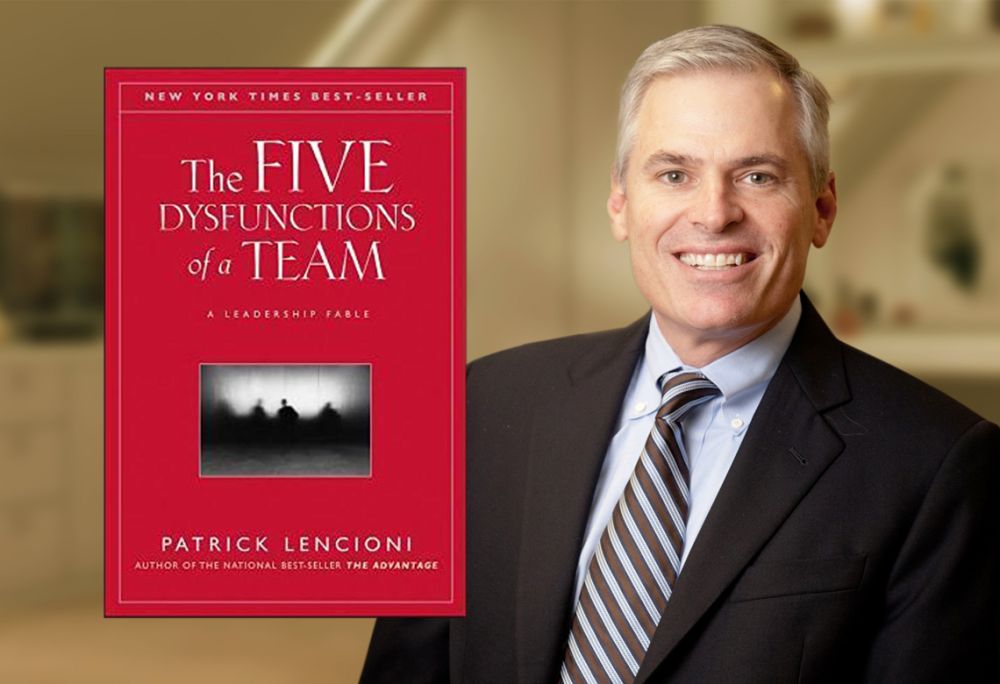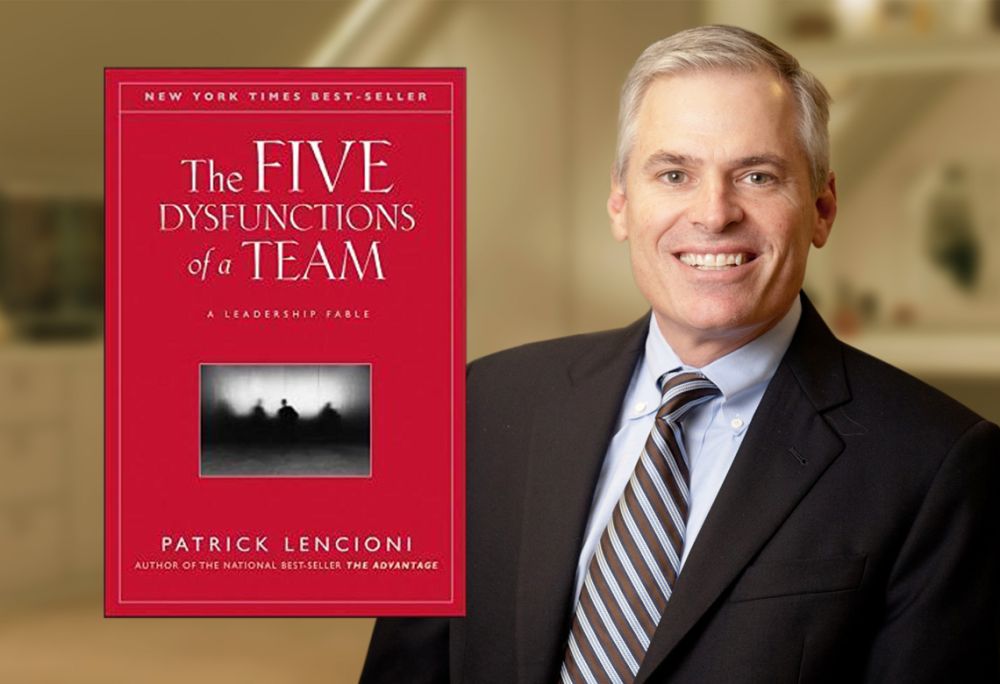5 of the best books by Patrick Lencioni
Business books to immediately improve your company culture


Leadership
Strategy
Upcoming Learning
Who's Up Next?We're continually sourcing the world's greatest minds for your business success, so subscribe today for event updates, business ideas, leadership tips and tools for growth.
Related Articles


